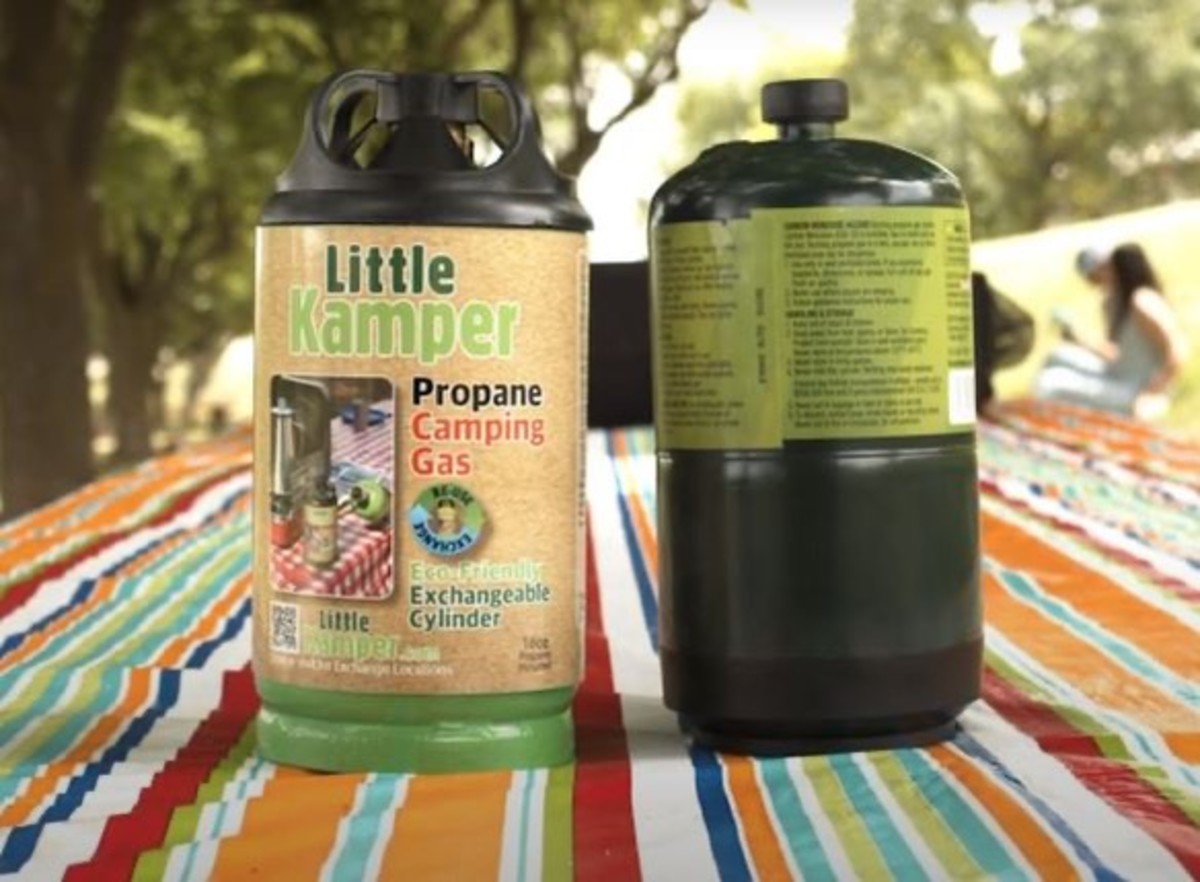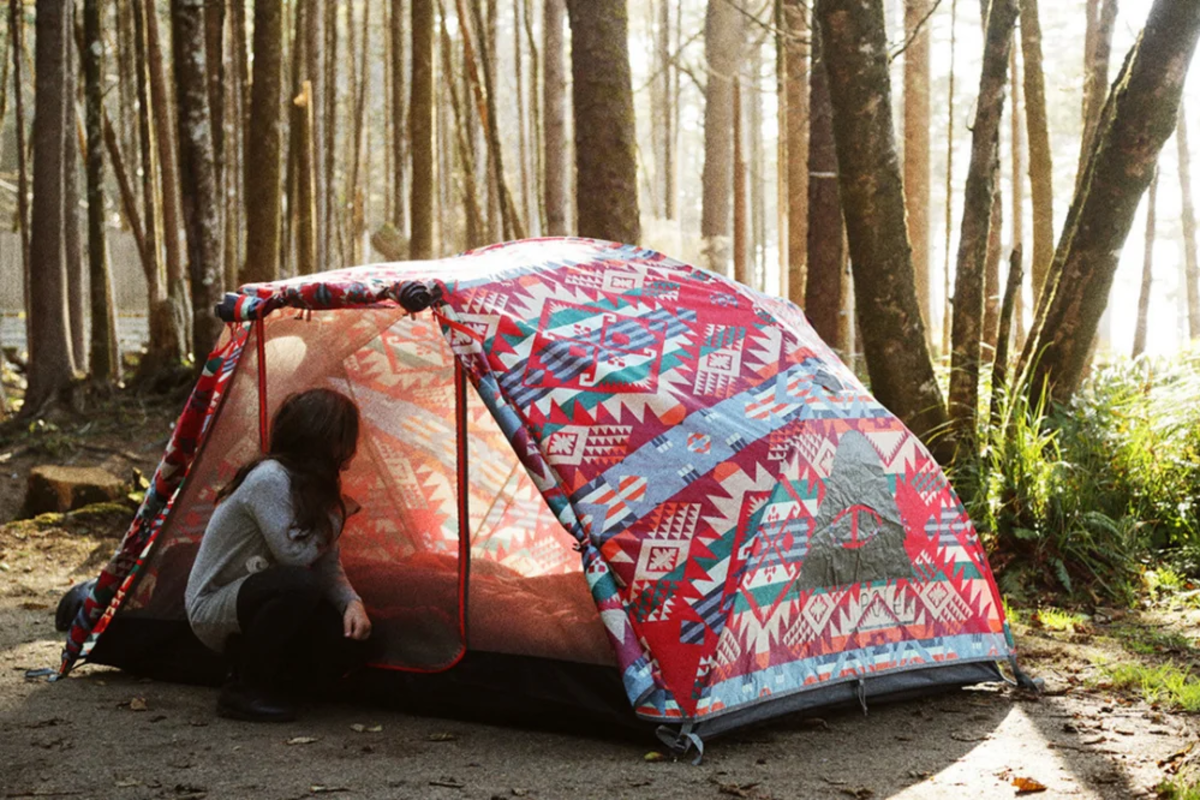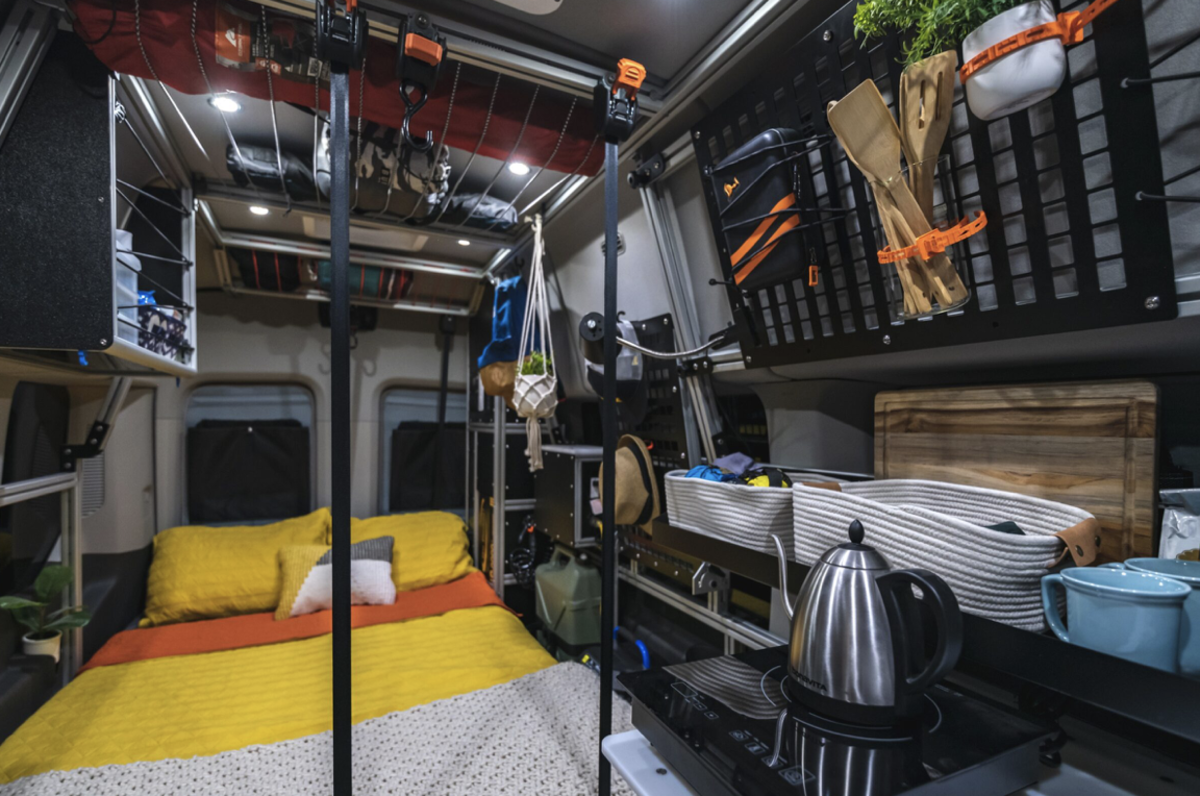To start any conversation with an assumption the global pandemic is somehow waning seems naïve at best. While case numbers plunge in the U.S., we’ve all become too smart to make any big predictions. It’s a caveat we’re keeping in mind as we talk about the state of outdoor recreation while moving wearily through the next months or years of this interim period. But it’s worth examining where the radically changed world of outdoor recreation is and where it could be headed. In that regard, last week’s Outdoor Retailer trade show in Denver served as a great jumping-off point.
“O.R.,” as it’s referred to in the industry, has been around in various incarnations now for 40 years. The winter gathering of brands, buyers, athletes, and innovators displays all the snow sport/outdoor gear and styles for the following winter. From its inception, this trade show has always been a great way to take the temperature of the activities we love.
Fewer Crowds, Promising Signs
It’s important not to confuse the state of Outdoor Retailer with the current trends of the things we love to do outdoors. Arriving on the heels of the omicron peak, this year’s show was seriously scaled back to about a third of its normal self, with most folks not wanting to make the trek to Denver. While it’s hard to fully assess the scene without the likes of K2, Patagonia, Salomon, Vans, Burton, Smith, etc. in the house, at the end of the day the industry itself remains secondary to the world we live, move, hike, climb, ski, bike, surf, and ride in.
There were several themes at this year’s show that seemed to stand out. None of them felt particularly new, but they included solid ideas and various types of gear that will likely influence us moving forward.

1. Sustainability (Unsurprisingly)
One salient theme was sustainability: How can we keep enjoying the outdoor world when the products we buy are contributing to its demise? Recycled materials are again an important step, and they were everywhere. MountainFlow has built a recycled aluminum ski pole. Little Kamper has a cylinder exchange program where you can swap out empty one-pound fuel cylinders for full ones, addressing the problem of those millions of tiny propane cylinders that can’t be recycled. That’s just a couple of ideas and programs among the many presented here this year.
Also, a number of debuting products specifically addressed various types of “problem solving”—like Karmic Outdoors, which creates a scannable code and decal for gear, making it easier for lost items in the outdoor community to be returned. Other problem-solvers included Nordic Step’s universal shoe harness for cross-country skis (hey, what took so long?) and the Ortovox avalanche transceiver with voice navigation to tell your rescuer where exactly you are if you get into trouble in the backcountry. What’s more, a young company called SheFly has added a creative zipper to hiking pants for making pee stops on the trail that much easier for women.

2. Pared-Down Essentials
This year also seemed to offer a new push toward low tech—both emerging and established brands offering gear that accentuates simplicity and fun (as opposed to overly cutting edge and complicated) along with colors and styles designed for less serious outings. Why should your family camping trip look like a military operation?
“A skater or snowboard kid latches onto a brand, but that kid wasn’t present in the outdoor market—so we wanted to create a tent or a backpack for that kid when he wants to go camping on a skate trip with his homies,” says Kharma Vella, a founder of Poler Outdoor. Noticing a gap between action sports and the outdoors a decade ago, Poler launched in 2010 with low-tech, high-quality gear featuring fun colors and prints.
Of course, Outdoor Retailer is more than just gear. It hints at the direction of things to come. While it’s been well-documented that the pandemic has sent folks to the parks, hills, coasts, and woods in record numbers, Covid has likewise served as its own unintended boon of sorts for outdoor-based businesses and regional travel. Once we transition to the point where folks feel safe going back to sports stadiums, crowded restaurants, and concerts like the good ol’ days, how will that affect outdoor participation and the industry?
“It got a lot of people out discovering or rediscovering the outdoors,” says Vella, who notes that Poler came back at an opportune time after a brief company hiatus in 2018. “The big question everyone has been asking is ‘Where’s the ceiling?’ adds Vella. “No one really knows what happens once the pandemic chills and families start going back to Disney or wherever. There may be a bit of a correction. There will be people who bought a camper, used it for two years, and that’s it. But a lot of the interest will stay. People need that reset. If you have a shitty week at work, it’s a big relief to be able to get outside. I don’t think humanity can sustain itself without that.”

3. Refocusing on Resale Markets
Sarah Morton, OR’s Attendee Relations Manager hopes society’s enthusiasm for being in nature doesn’t wane as the pandemic does.
“People’s lives are stressful,” she says. “They’ve found the outdoors gives them solace, health and wellness—plus it pulls everyone together to support the planet. How can you stop following that passion once you’ve gotten a taste for it?”
On the gear front, Morton says we should keep an eye on the resale market.
“Everyone who bought a bike, boat, or snowshoes is either going to want to upgrade or move on to another activity,” she adds. “They’re going to sell what they bought during the pandemic, so there will be used gear out there.”
Leon Cherry, a salesman for Vandoit, a Kansas City-based company that buys and outfits Ford Transits into stylish modular campervans, believes the interest in venturing out will absolutely continue. Case in point: the lead time on their campervans ($65,000-$129,000) is currently 16 months.
“There were two waves of orders during the pandemic,” says Cherry. “The first came when there was this idea that the sky was falling. No one wanted to fly. People felt like they needed to be self-contained—so there was this huge wave of people ordering vans. The second wave came in 2021 when things got a little better and people really wanted to get in a van and travel. In the post-pandemic phase, there will still be demand. People have had a rough couple of year. They’ll be wanting to get out and enjoy life a little more.”
We can only hope that’s not far off.
from Men's Journal https://ift.tt/WmavF10L6




0 comments